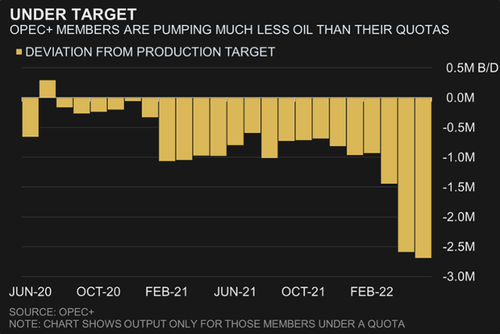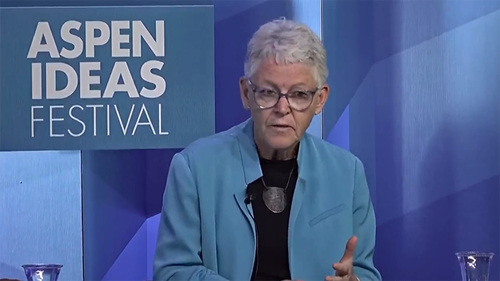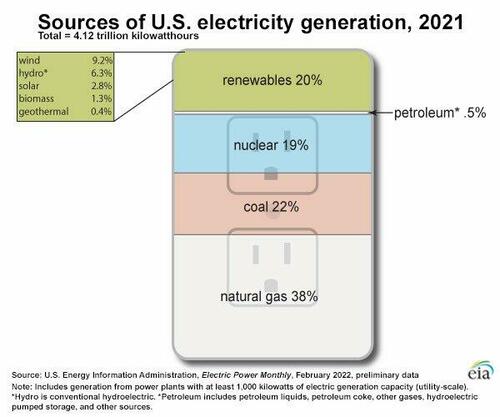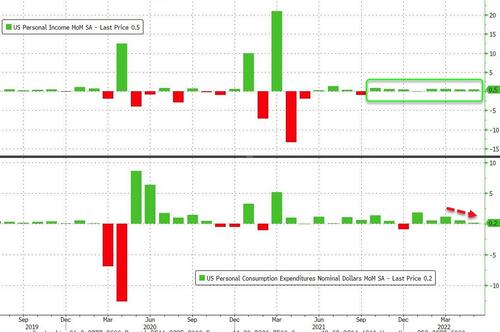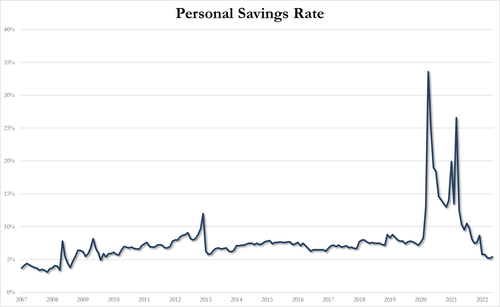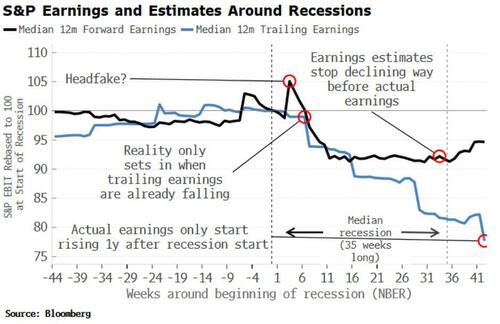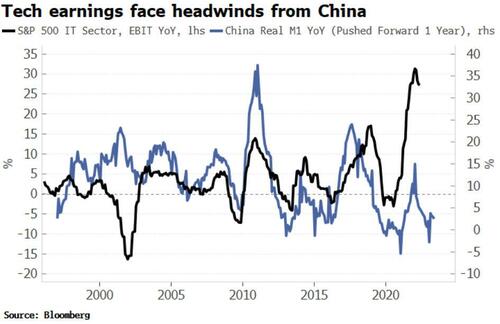[This month, I’m serializing my 2003 Harvard Law Review article, The Mechanisms of the Slippery Slope.]
Assume that the Supreme Court holds that Congress may legalize marijuana but ban marijuana ads, notwithstanding the commercial speech doctrine. Now Congress can enact a law that allows marijuana sales but not advertising (decision A) without fear that the Court will hold that marijuana advertising must also be legal (result B).
But can Congress prevent itself from legalizing marijuana advertising? Once marijuana sales are decriminalized, a multi-billion dollar marijuana industry will come out into the open, and probably grow. If industry members find that advertising is in their interest, they will probably lobby Congress to repeal the advertising ban. They may spend money on public advocacy campaigns, on contributions aimed at electing pro-advertising candidates, and on organizing marijuana users into a powerful voice. They will have employees who will tend to support the companies’ positions. And the companies will likely have the ear of legislators from marijuana-growing states.
Decision A may thus change the balance of political power by empowering an interest group that might use this power to promote B; getting to A first and then to B would thus be politically easier than getting to B directly (though of course still not certain). And this would happen without multi-peaked preferences, small change tolerance, or attitudes altered by public deference to legal institutions.
Another classic political power slippery slope arises when a legislature creates a new benefits program or a new bureaucracy (decision A). The legislature might not want the program or bureaucracy to get bigger (result B), but decision A creates interest groups—the funding beneficiaries and the agency employees—that have a strong economic interest in the program’s growth. Getting to B directly from the initial position 0 might have been politically impossible, because of the legislature’s initial reservations about creating the program. But getting to A and then going to B would be easier.
Thus, for example, a school choice program that provides $8000 vouchers will create a cadre of parents who use the program, and who will mostly strongly support increasing the voucher value (say, to the over $15,000 that equals the average per-pupil cost in the public schools). Government spending on military procurement or prison construction increases the number of military contractor employees and prison guards who will probably press their legislators to vote for still more spending. Temporary wartime rent control creates a political bloc of beneficiaries, which may lead to permanent rent control. The creation of an enforcement agency creates a group of people who tend to favor broadening the law that they are enforcing. Though these trends aren’t ineluctable, the constituency created by the enactment of A may often help bring about B.
The same can happen even without financial incentives for one or another political actor; all that matters is that a law changes the size of a political group. Consider a hypothetical example: say the public is currently 52.5%- 47.5% against a total handgun ban (decision B), but this split breaks down into two groups—50% of the voters are gun owners, who are 80%-20% against the ban, and 50% are nonowners, who are 75%-25% in favor of the ban.
The legislature then enacts a law (decision A) making it harder for new buyers to buy handguns, for instance by requiring time-consuming and costly safety training classes. We’re not banning handguns, the legislators say—we’re only imposing reasonable safety regulations. Many existing handgun owners may support the law because it seems reasonable, and because it doesn’t affect them. They might respond similarly if the legislature imposes a substantial but not prohibitive tax on new gun purchases.
Over time, though, the extra difficulty of getting a gun may lead fewer people to become gun owners, which may in fact be part of A‘s purpose. Some gun owners die or move away, and are replaced by new residents who are less likely to own guns because of the new law. The population now shifts from 50%-50% to 40% gun owners and 60% nonowners.
Thus, without any changes in attitudes among gun owners or nonowners, the overall public attitude towards a total handgun ban has shifted from 52.5%- 47.5% opposed to 53%-47% in favor (40% x 80% + 60% x 25% = 47%). B would lose if proposed at the outset, but it can win if A is enacted first and then B is enacted after A has helped shift the balance of political power.
This is a stylized example, with a wide gulf between the views of the two groups—the non-gun-owners, whose number increases as a result of decision A, and the gun owners, whose number decreases—and with a considerable change in the groups’ populations. {Moreover, the relative size of the groups and the numbers in each group that support B aren’t the only important factors: the relative intensity of people’s feelings also matters. For instance, to the extent that decision A makes the remaining gun owners feel more strongly about the need to block B—perhaps because it makes them feel embattled, or because those people who continue owning guns after a burdensome regulation is enacted will likely to be the more hardcore supporters of gun ownership—the risk of slippery slope would decline.}
But these effects may be reinforced by others. Gun owners may, for instance, be likelier than nonowners to contribute to pro-gun-rights groups, and nonowners may be likelier than owners to contribute to pro-gun-control groups; and beyond that, the political power slippery slope may work together with some of the other types of slippery slopes that I have identified.
The post Political Power Slippery Slopes: Some Examples appeared first on Reason.com.
from Latest https://ift.tt/k9IOtDp
via IFTTT
